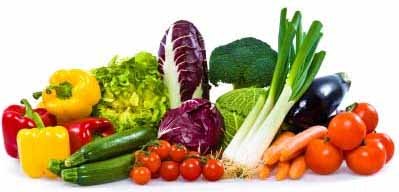
Human body is a collection of molecules that moves and comprises of cells, tissues and organs. Our body parts are continually changing, using nutrients and energy derived from nutrients. Nutrients are substances obtained from what we eat and are used in the body to provide energy and serves as regulating agents to promote growth, maintenance, and repair.
There are six types of nutrients commonly found in our food namely Water, Carbohydrates, Fats, Proteins, Vitamins, and Minerals. Our body can make some nutrients for itself in limited quantities, but it cannot make them all, and the self-made quantity is not enough to meet our body requirements. Therefore, the body must obtain many nutrients from foods. The nutrients that foods must supply are called essential nutrients.
Four of the six types of nutrients; Carbohydrates, Fats, Proteins, and Vitamins contain carbon, which is found in all living things. They are therefore also called organic nutrients. During metabolism; Carbohydrates, Fats, and Proteins provide energy to the body. Metabolism is the set of processes by which nutrients are rearranged into body structures and broken down to generate energy. Carbohydrates and fats meet most of the body’s energy needs; Proteins make a significant contribution only when other fuels are unavailable. Vitamins are also organic nutrients but do not provide energy to the body. Vitamins facilitate the release of energy from Carbohydrates, Fats, and Proteins. Minerals and water are inorganic nutrients. Minerals generate no energy in the human body, but, like vitamins, they help to regulate the release of energy. Water is the medium in which all of the body’s processes take place.
The amount of energy that carbohydrates, fats, and proteins release can be measured in calories which are tiny units of energy so small that a single apple provides tens of thousands of them. To ease calculations, energy is expressed in 1,000-calorie metric units known as kilocalories (shortened to kcalories, but commonly called “calories”). When we read that an apple provides 130 calories, technically it means 130 kcalories. Calories are not constituents of foods; they are a measure of the energy any food provides. The energy a food provides depends on how much carbohydrate, fat, and protein the food contains.
Carbohydrate and protein yields 4 calories of energy from 1 gram. Fat yields 9 calories per gram. If you know how many grams of each nutrient a food item contains, you can derive the number of calories provided by the food. Just multiply the carbohydrate, protein grams by 4, and the fat grams by 9, and add the results together.






















